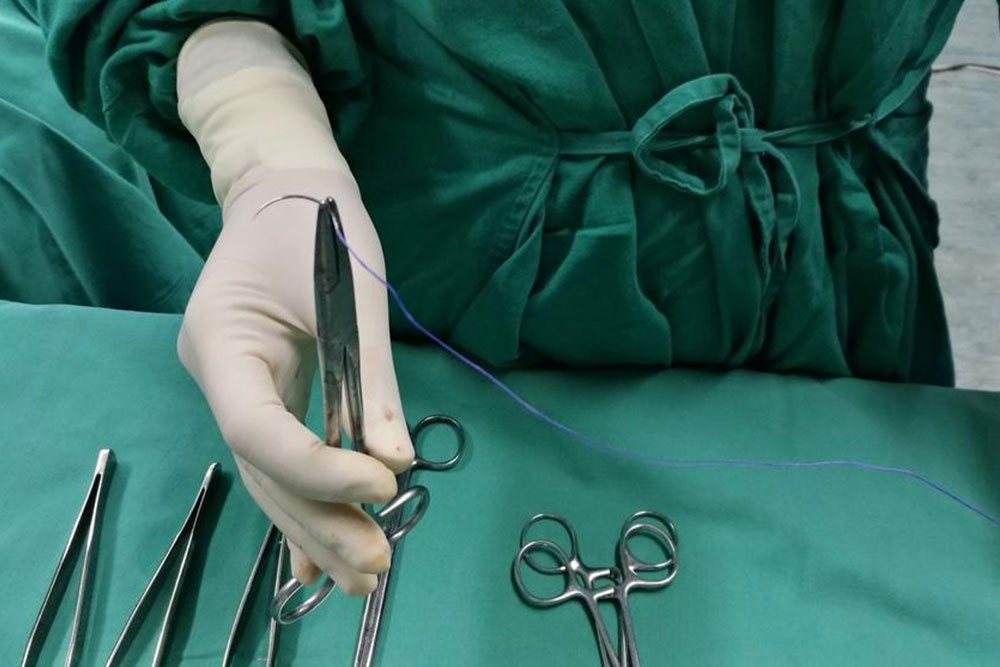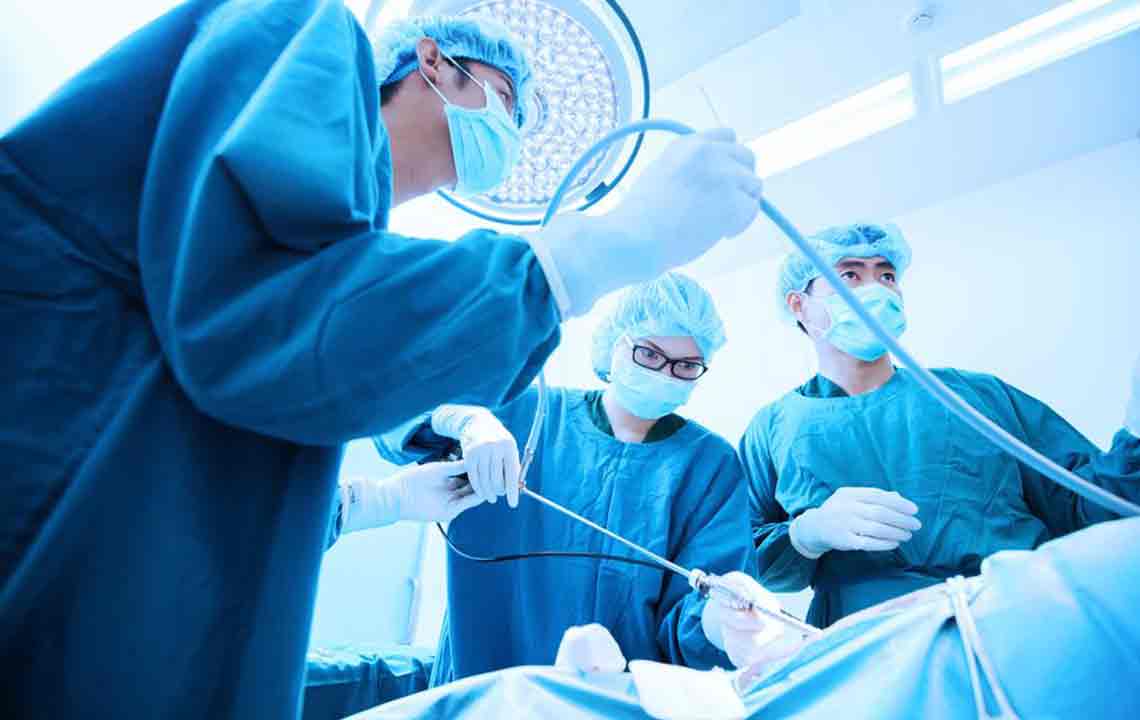Comprehensive Guide to Inguinal and Hiatal Hernias: Symptoms, Causes, and When to Seek Help
This comprehensive guide details the signs and symptoms of inguinal and hiatal hernias, helping individuals recognize early warning signs. The article explains how these hernias develop, common symptoms, potential complications like incarceration and strangulation, and emphasizes the importance of prompt medical evaluation. It offers practical tips on prevention and when to seek urgent care, aiming to raise awareness and promote early diagnosis for better health outcomes.

Recognizing the Symptoms and Signs of Inguinal and Hiatal Hernias
The human body is intricate, and many health issues manifest through distinct symptoms that, when recognized early, can lead to more effective treatment and better outcomes. Among these conditions, inguinal and hiatal hernias are common yet often misunderstood. Understanding their symptoms, causes, and crucial warning signs can help individuals seek timely medical attention, preventing complications and improving quality of life.
Inguinal hernia is a condition that develops when a part of the intestine or fatty tissue protrudes through a weak point in the inguinal canal, which is situated in the groin area. This protrusion creates a visible bulge that can vary in size depending on activity and position. The hernia’s mass comprises abdominal lining tissues and surrounding fats; in some cases, it may involve the bowel itself, which poses additional health risks.
Understanding the signs and symptoms of an inguinal hernia can facilitate early detection. Common indicators include:
A noticeable swelling or lump appearing on one side of the groin, often near the pubic bone. This swelling tends to become more prominent when standing, coughing, or performing activities that increase intra-abdominal pressure.
Discomfort, aching, or a dull pain in the groin area, which may intensify with physical exertion or prolonged standing.
A burning sensation or tenderness localized at the site of the bulge, sometimes accompanied by a dragging feeling or weakness in the groin muscles.
Swelling that extends into the scrotum in men, which occurs if the hernia descends into the scrotal sac, leading to additional discomfort or heaviness.
Monitoring the hernia is essential because complications can arise. A hernia that cannot be pushed back into the abdomen—known as an incarcerated hernia—requires immediate medical attention. Incarceration can cut off blood supply to the herniated tissue, leading to a more dangerous condition called strangulation, which may cause tissue death.
Symptoms of incarceration or strangulation include:
Sudden nausea, vomiting, and abdominal pain indicating bowel obstruction or compromised blood flow.
Redness, swelling, or discoloration of the hernia bulge, often turning red or purple.
Fever and increased tenderness around the hernia site.
Inability to pass stool or gas, signaling possible bowel obstruction.
Switching focus to hiatal hernia, this condition involves part of the stomach pushing upward through an opening in the diaphragm called the hiatus. Normally, the diaphragm acts as a barrier between the chest cavity and the abdominal cavity, but a weakness in this area allows the stomach to protrude into the chest. This displacement can severely affect the digestive system and lead to symptoms like acid reflux and heartburn.
Recognizing the symptoms of a hiatal hernia is crucial. Common signs include:
Persistent and often severe heartburn, characterized by a burning sensation in the chest that can worsen after eating or when lying down.
Frequent belching and an excessive amount of burping, often accompanied by a sour taste in the mouth.
Difficulty swallowing or a sensation that food is stuck in the throat, which can impede proper eating.
Chest pain or discomfort that mimics cardiac pain, necessitating careful medical evaluation.
Feeling unusually full even after consuming small meals, due to impaired stomach function.
Vomiting blood or passing black stools, symptoms that suggest gastrointestinal bleeding, requiring urgent medical attention.
Both inguinal and hiatal hernias can significantly impact daily life and pose serious health risks if left untreated. Early detection through awareness of these symptoms is essential for effective management. If you notice any of these signs, consult a healthcare professional promptly to determine the appropriate diagnostic tests and treatment options, which may include lifestyle modifications, medication, or surgical intervention.
Maintaining a healthy weight, avoiding heavy lifting, and managing chronic coughs or constipation can help prevent hernias. Regular check-ups are advised, especially if you have risk factors such as a family history or previous hernia episodes, to catch any early signs before complications develop.





